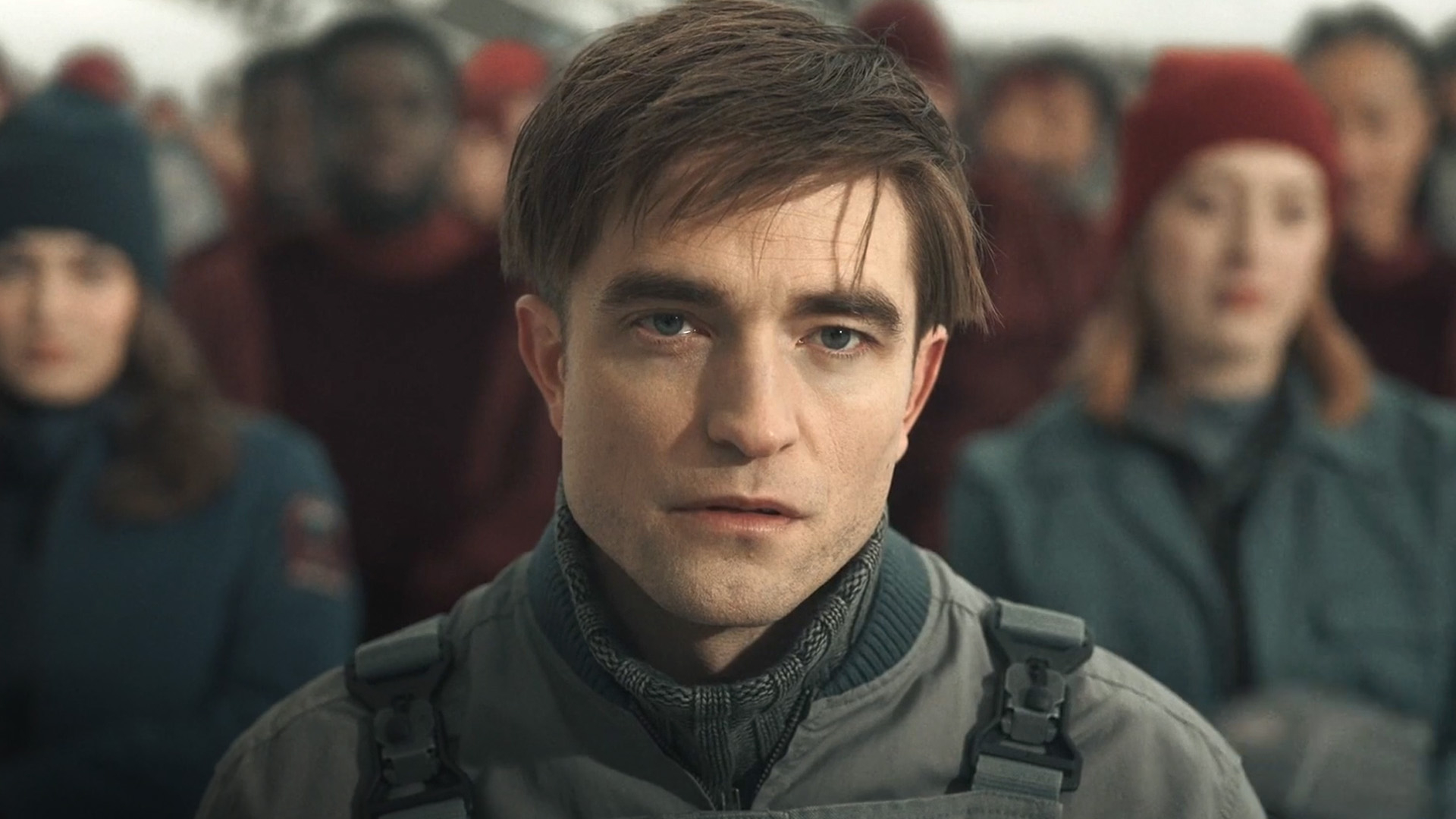Mickey 17
Posted on March 5, 2025 at 5:16 pm
B +| Lowest Recommended Age: | Mature High Schooler |
| MPAA Rating: | Rated R for violent content, language throughout, sexual content and drug material |
| Profanity: | Very strong language |
| Alcohol/ Drugs: | None |
| Violence/ Scariness: | Extended peril and violence with graphic and disturbing images |
| Diversity Issues: | A theme of the movie |
| Date Released to Theaters: | March 7, 2025 |
You know how finicky printers are. Sometimes the printed paper comes out part way and then goes back a bit to do some more printing and comes out again. Sometimes you forget to put on the tray the paper lands on, and so it drops to the floor. It turns out that in the future, when someone develops a 3D printer that uses organic waste to print out people, actual human beings, those finicky printers do the same thing.

Mickey (an outstanding performance by Robert Pattinson) needed to leave the planet because a vicious loan shark who loves to watch the gruesome murders of those who haven’t paid on time was after him. The only way to jump to to head of a very long waiting list was to agree to be an “expendable.” He’s not very bright (see: in trouble with a vicious loan shark), so when he is repeatedly asked if he has read the contract he is signing, he says yes. That gets him a four-year-long trip to a new planet, where is job will be, basically, lab rat crossed with a crash test dummy. He is continually put in mortal danger until he dies, and then they print a new one of him out of that finicky printer. And sometimes they forget the paper tray, or I guess person tray, and he falls out onto the floor.
The new planet’s colony is run by an officious former politician named Kenneth Marshall (Mark Ruffalo with some large teeth) and his wife, Yifa (Toni Collette). Kenneth is obsessed with the “purity” of the civilization on his new planet, and Yifa is obsessed with superficial indicators of elegance and grace. She constantly drapes herself over her husband and coos into his ears, except when she is creating exotic sauces for their luxurious meals, while the rest of the people they brought with them to build their new community are fed with slop and live in bare, dorm-like cells.

Even in this miserable situation, there are levels of status, and Mickey is at the bottom. With one exception, he is considered less than human because he keeps dying and getting re-printed. The exception is not his Earth friend Timo (Steven Yeun), the one who got him into all the trouble he had to leave the planet to escape. The exception is the beautiful and intelligent Nasha (Naomie Ackie), who is, somewhat improbably, devoted to him.
As the movie begins, before a flashback telling us how he got there, Mickey has died and been reprinted 17 times, thus the title. He is stuck in an icy crevasse and certain he is about to die again, from exposure or from being eaten by the planet’s indigenous inhabitants, who look. like giant combination tardigrades and caterpillars. But somehow he survives. Only everyone else assumed he had died again and the most severely punished crime has been committed: another Mickey has been printed while the last one is still alive. There are multiples.
Some of the resulting complications work better than others, but the movie comes together in a tight climax as the Marshalls go over the top and the Mickeys and Nasha have to save the day.
Director Bong Joon Ho continues the sly, dark humor and provocative commentary on class hierarchies, hypocrisy, and pervasive societal inequities he featured in “Parasite,” “Snowpiercer,” and “Okja.” More heightened than the Oscar-winning “Parasite,” this imagines the future consequences of arrogance, exceptionalism, and careless exploitation. The Marshalls are so caricatured they undermine the more nuanced elements of the story. The other characters’ understated, matter-of-fact acceptance of the outrageous abuse is far more powerful.
Parents should know that this film includes peril and graphic violence, with some disturbing images including a severed hand and bloody barfing, injuries and deaths. A character is repeatedly killed. There are sexual situations and explicit sexual references and drawings. Characters use very strong language.
Family discussion: What would make someone agree to be expendable? What did the Marshalls want their new world to be like? Why were they so affectionate to each other and so cruel to everyone else?
If you like this, try: “Snowpiercer,” “Okja,” “The Maze Runner,” and “The Hunger Games”







